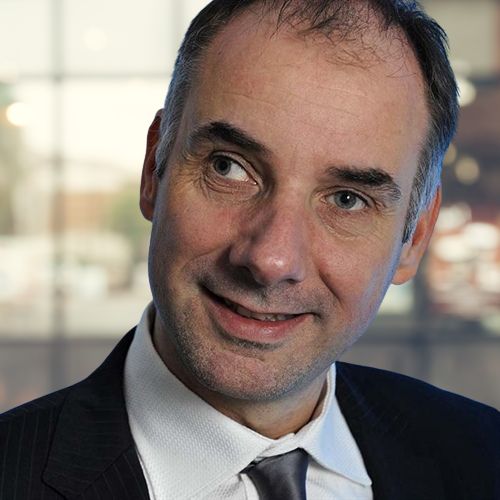TNO develops ultrasound patch for organ monitoring
TNO has developed a technology that allows organs to be monitored via a flexible patch on the skin. Using sound waves, it creates images of an organ over a longer period of time. This eliminates the need to go to the hospital for examinations because the patient can be monitored at home. Nature Communications published about it this week.
The patch (named PillarWave™) works by printing on a very thin plastic film specific structures that create an echo. By emitting and receiving sound waves, it creates an image of what is inside a body. Because it is possible to print very many of these structures over a large area, a very sharp image of the organ to be examined can be obtained.
Better and cheaper healthcare
The patch offers many advantages. Whereas measuring blood pressure or heart rate is often a snapshot, wearing a patch provides an image over a longer period of time. That results in a much better diagnosis and may even prevent unnecessary surgery. And many examinations can be done at the doctor's office or at home instead of the hospital, such as ultrasound monitoring of critical pregnancies. This makes health care not only more pleasant, but also better and cheaper.
Commercialization
The technology has been patented and there are discussions with medical equipment manufacturers about its applications. Current ultrasound equipment is rigid and difficult to incorporate into patches. In addition, the sensors are small and difficult to scale to large areas. With this technology, plasters or other ultrasound sensors can be made that are ultra-thin and flexible. This makes them much cheaper and manufacturable in large numbers. A spin-off PillarWave is expected to be established before the end of the year to take this technology further to market.
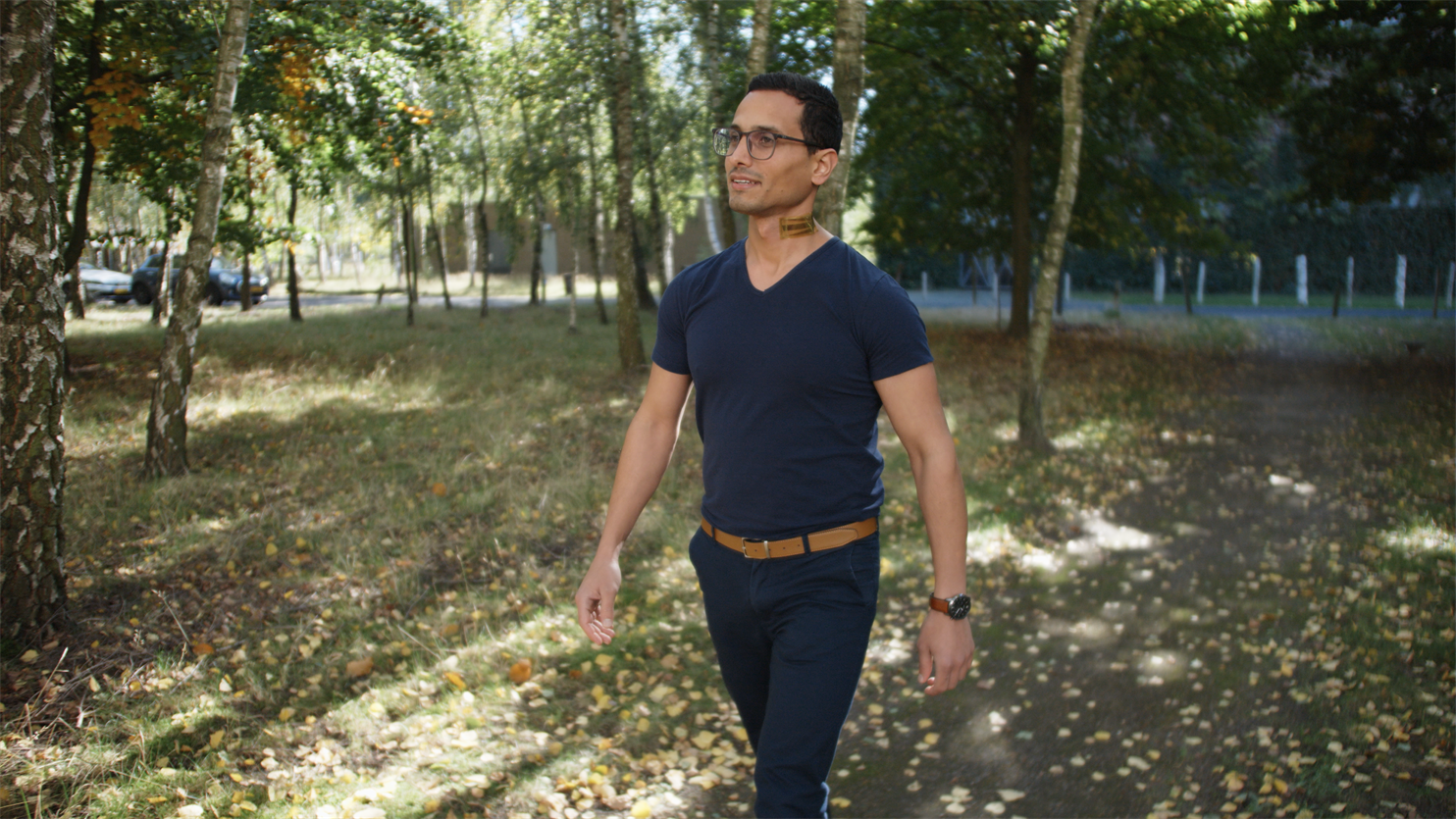
More information about PillarWave?
Get inspired
3D pharma printing: Personalised medicine begins here
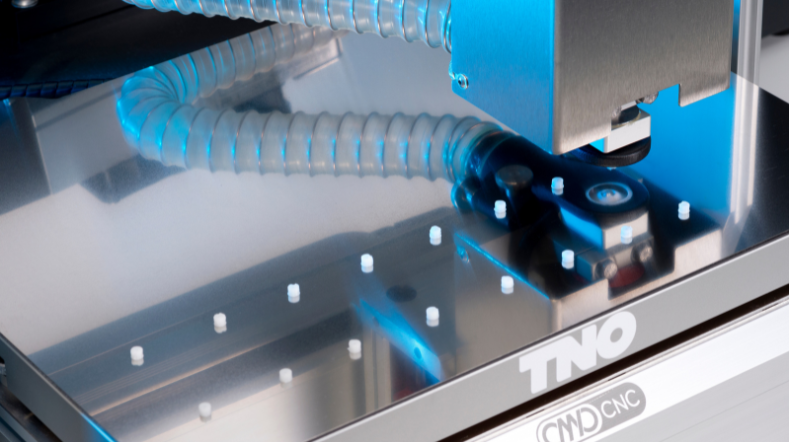

TNO spin-off AIKON Health secures €1.2 million seed round to advance remote heart failure monitoring


Developing accurate and inclusive medical devices
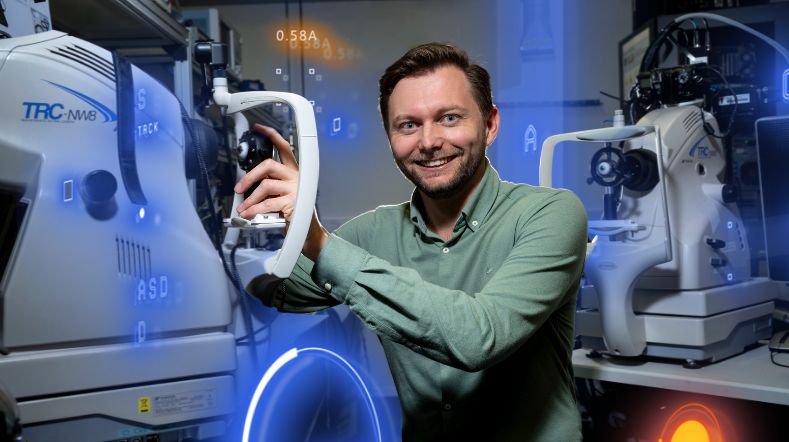

3D printed food: the future of personalised nutrition
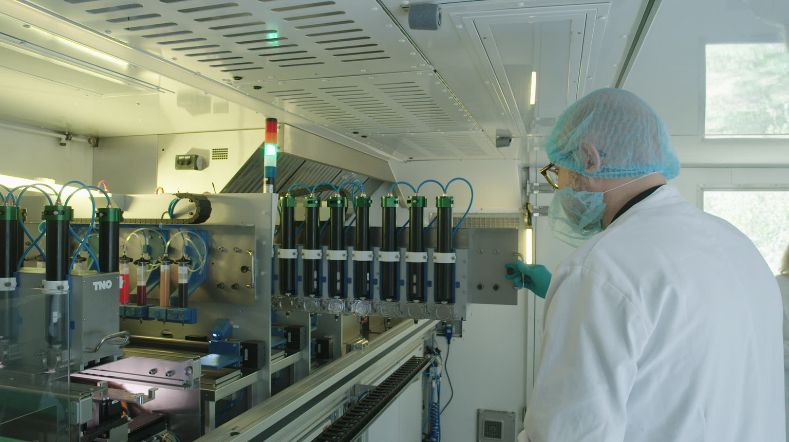

Time setters: wearables that monitor your health


